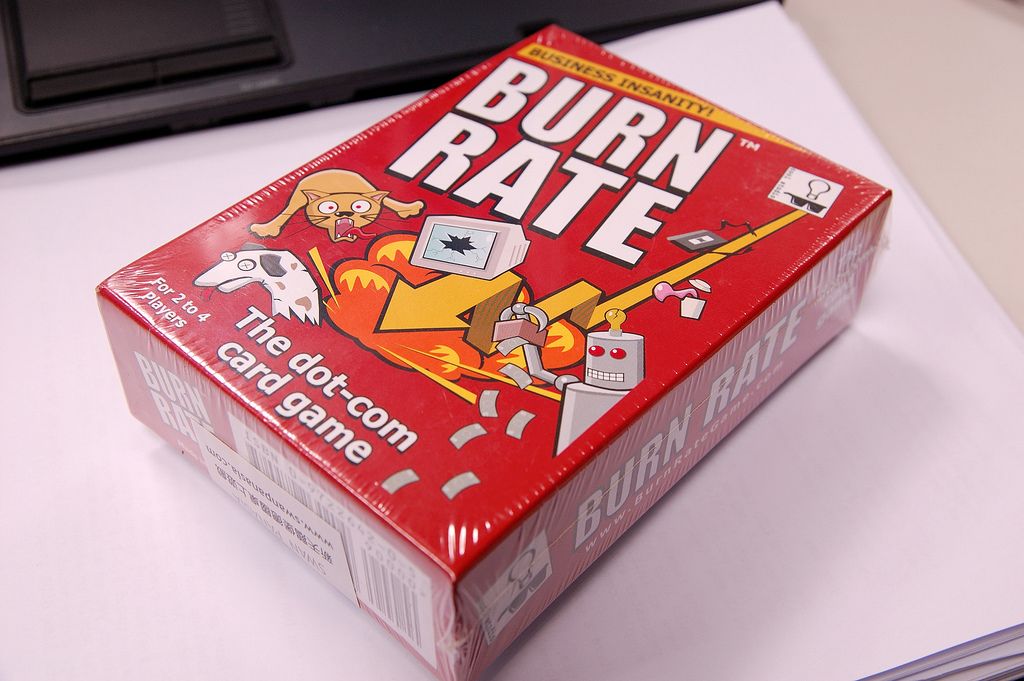
Startup burn rates are always a hot topic and over the last week some very big names in the startup world have weighed-in to share their opinions. Since I know my blog is read by more than just startup founders I guess now would be a good time to explain what burn rate is.
Burn rate typically refers to the amount of money a startup spends (burns) every month. When investors put money into a startup they expect to see that money going back out (not too fast though) into things that will grow the company faster than it would organically. Typically the bulk of this money goes towards building the team but every company segments their funding a bit differently and often after discussing it over with their investors quite a bit to make sure that everyone is aligned.
The burn rate discussion is now front-and-center thanks to an awesome article on Medium by Danielle Morell (founder of Mattermark). Danielle had mentioned her startup’s burn rate ($150k – $200k) in this post, which spurred a Twitter comment of, “That’s a fucking bubbly burn” which in part inspired Danielle’s Medium post about burn rates.
After Danielle’s article Mark Suster from Upfront chimed in on his blog (which has become one of my favorite regular reads) and added to the discussion in this post. One of my favorite quotes from Mark’s article is:
“But the biggest thing to know is this: Companies who are scaling quickly in revenue and with a high gross margin often should invest as much capital in growth as they can manage responsibly because when you find a product / market fit and your company is growing at a very fast scale you want to capture market share before competition sets in. Think DropBox, Airbnb, Uber, Maker Studios. Your goal is to invest in engineering (to maintain your product lead), new offices / locations (to capture markets before others), marketing (to capture consumer attention before others do) … all of these activities consume cash often in advance of the revenue they generate.”
What Mark is talking about is the difference between a startup and a small business. A small business (or a lifestyle business) doesn’t have to grow fast and crush its competitors, instead it can slowly grow over time with the owners being laser-focused on profitability. Startups are obsessed with growth and companies like Facebook and Twitter would have never been able to grow as fast as they did without outside capital.
The question is, once you get the capital, how can you best spend it (and at what rate) so that your startup can grow at the pace you and your investors want without breaking the bank? Mark lays out a solid framework but like most things in the startup world, it really does vary based on the company, industry, founders, and investors but thanks to Danielle and Mark I think people are thinking about this more deeply now than ever before.
Photo Credit: myhsu via Compfight cc



